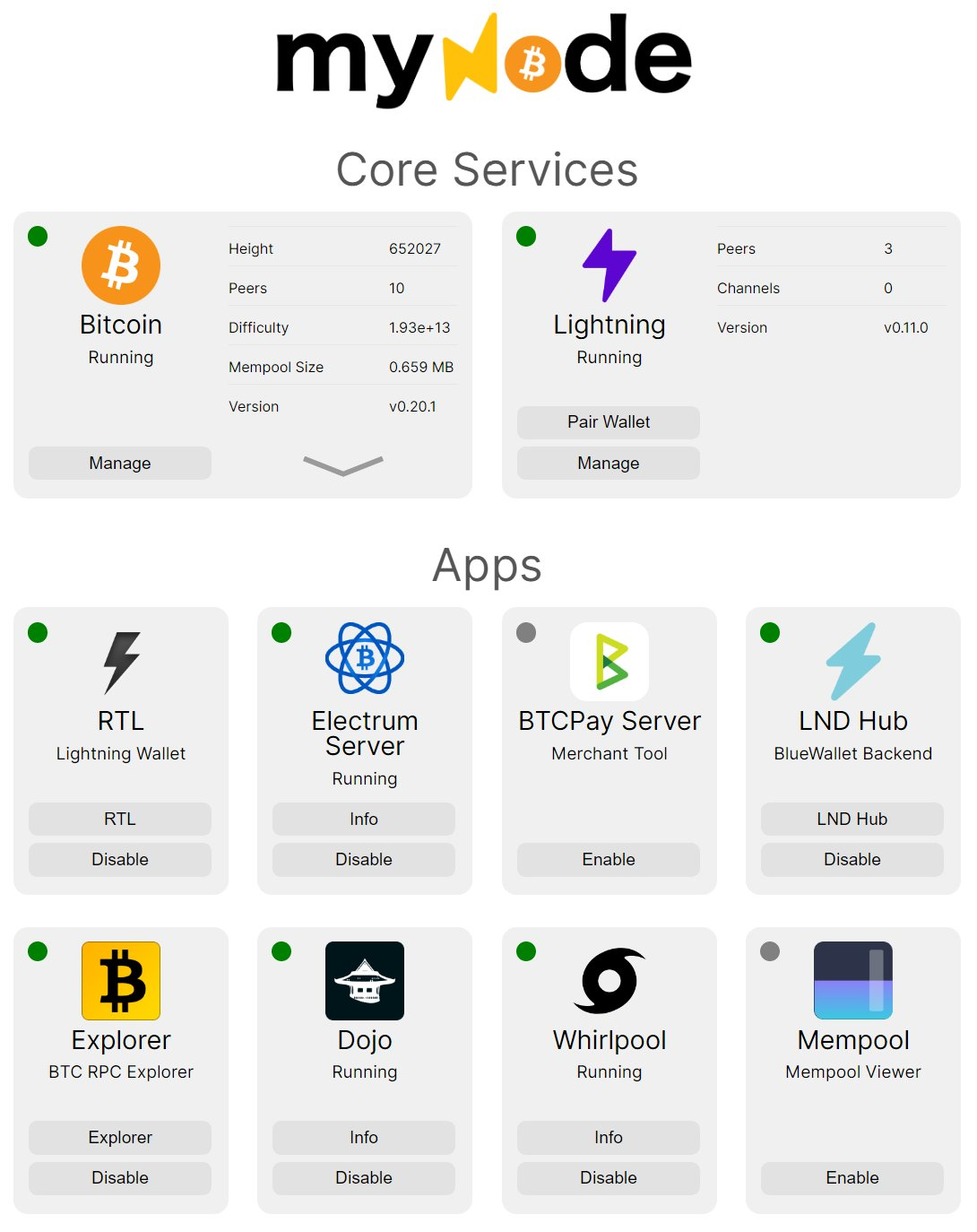

You can use a private repository by including the username and password in the repository URL, in the format In the same tab, enter the host name, port, username and password for your Cosmos DB instance, a name for the application database and the number of nodes for the cluster. NOTE: Ensure that your application complies with these requirements before proceeding. By default, the solution is configured with the URL to Bitnami’s sample MEAN application, but you can edit this to reflect the Git repository URL for your own application. In the “Basics” tab, enter an easy-to-remember name for the deployment together.On the solution description page, review the available information and click the “Create” button to proceed.You will now be redirected to the Azure Portal.Click the “Get it now” button to proceed and confirm. On the description page, review the information and fees.Select the Bitnami Multi-Tier Solution for Node.js High-Availability Cluster in the list of search results.Search for the solution by entering the search term “Bitnami high availability nodejs” in the search bar at the top.The Azure Marketplace lets you do this in just a couple of clicks.

The next step is to launch the Bitnami Node.js High-Availability Cluster solution with a Node.js application. In the “Read-write Keys” tab, note the database host name, port, username and primary password, as you will need these when deploying your Node.js application to the cluster. Once the instance is online, select the newly-created instance and then select the “Settings -> Connection String” menu item. Your new Azure Cosmos DB instance will be deployed and will appear in the list of instances once online. In the same tab, create a new resource group by entering a name for it, and choose the location for the server to be deployed. Enter a unique name for your new database instance in the “ID” field and select “MongoDB” as the API.Click “Add” to add a new Cosmos DB instance.From the menu bar on the left, select the “Azure Cosmos DB” item.Browse to the Azure Portal and log in if needed.The best way to do this is with the Azure Cosmos DB service, which provides a scalable, high-availability database in the cloud.Īs a first step, go ahead and launch a new Azure Cosmos DB instance, as follows: Since MongoDB is not included with Bitnami’s Node.js High-Availability Cluster, you must deploy this separately. The example Node.js application used in this guide needs a MongoDB database. In case it isn’t, or if you don’t have a custom Node.js application, you can use our sample application. You have a Node.js application that is compatible with Bitnami’s Node.js High-Availability Cluster.This guide makes the following assumptions: The sample application is available on GitHub. Deploy an example app to a production environment in minutesīefore we get started, let’s take a look at the topology of our system.įor this walkthrough, we’ll use a simple To-do list application based on the MEAN (MongoDB, Express, Angular, Node.js) stack. As you’ll see, what was once a painful and error-prone process has been reduced to deploying it all in a few clicks.

This hooks into a database of your choice – in the walkthrough that follows we will use the MongoDB flavor of the globally distributed, highly-available database service Azure Cosmos DB. When you launch the Node.js High Availability Cluster ARM template through the Marketplace, you get a cluster of Node.js servers with a shared file-system and load balancer instead of everything running in the same machine.
#BITNAMI MEAN NODE APP FOREVER SOFTWARE#
One such stack is our brand-new Node.js High Availability (HA) Cluster, which you can deploy on Azure with absolutely zero software charges ever (besides what Azure charges for compute). In our effort to bring the benefits of pre-packaged software to enterprise workloads in the cloud, Bitnami has recently started shipping a new generation of apps and infrastructure stacks in the Azure Marketplace that are designed for production use.


 0 kommentar(er)
0 kommentar(er)
